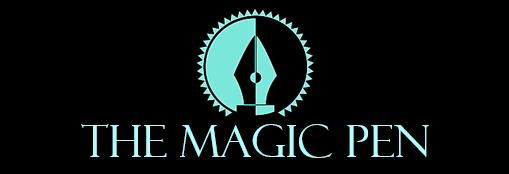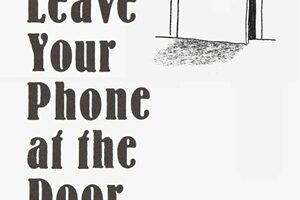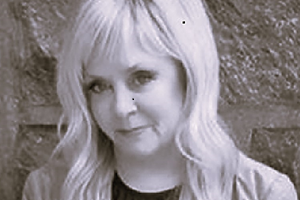Ali Greene and Tamara Sanderson’s Remote Works: Managing for Freedom, Flexibility, and Focus is all about normalizing just that. The remote experience. Remote is the new normal, as far as Greene and Sanderson are concerned. Because of that, they cover everything related to this topic from A to Z, from those who are working in the employee base, to those tasked in managerial positions to oversee them. “In remote, norming is focused on standard operating behaviors (e.g., the actions that are rewarded and accepted by others), though the signals look different remotely.
MORE ABOUT THE PROJECT: https://www.remoteworksbook.com/about-us
Rather than only looking for physical cues, you’ll want to hone in more on the digital footprint left by the team. There will be remote best practice repetition without constant reminders: the daily stand-up meeting in Slack, tracking progress in a project management system, or adding documentation to the suitable digital space,” Greene and Sanderson write. “When norming, the team can work autonomously and get things done—on time. Individuals are more explicit about what they are working on and deadlines—actually following through on their word.
A remote norm for Tam’s partnerships team at Automattic was writing up meeting notes within 24 to 48 hours of a meeting and posting them internally. During this stage, you’ll also need to make an effort as a manager to help team members connect personally, given that there are fewer opportunities for spontaneous encounters and conversations.”
Certain things will always be universal, and as Greene and Sanderson continue to explain – it really just boils down to one’s own mental state. “When your team is performing, you can feel it. The team is motivated and competent. As a manager, you’ll notice the team making more decisions without you, and the quality of their outputs is higher. The team is flourishing in ways you weren’t even expecting. It’s nice to watch (and take part) in the dance,” Greene and Sanderson write. “…While you may not physically feel the team abuzz with energy, you’ll witness the work momentum through the computer screen. Once your team is performing, your days will be filled more with skilled work and strategy and less with work-about-work (e.g., admin tasks).
Your team is excelling. Projects are moving forward. Frameworks are second nature. And feedback loops are well-oiled machines. However, in remote, these signs of success look different. Rather than seeing your team packed in conference rooms collaborating on whiteboards, you’ll see the team respecting one another’s autonomy and collaborating asynchronously first. Brainstorming might happen through a shared Google Doc, on a tool like MURAL, or through simple surveys and polls on Slack.
BUY THE BOOK: https://www.amazon.com/Remote-Works-Managing-Freedom-Flexibility/dp/1523003316
As a manager, you feel more comfortable trusting your team to get their work done, even if you can’t physically see them completing tasks as you could in an office. You’ve made room for team members to craft their workdays, which means they can play with their kids or go for a run in between tasks. You care more about outputs than inputs. The ‘utopia’ described in chapter 1 is starting to feel real!”
Cyrus Rhodes



























